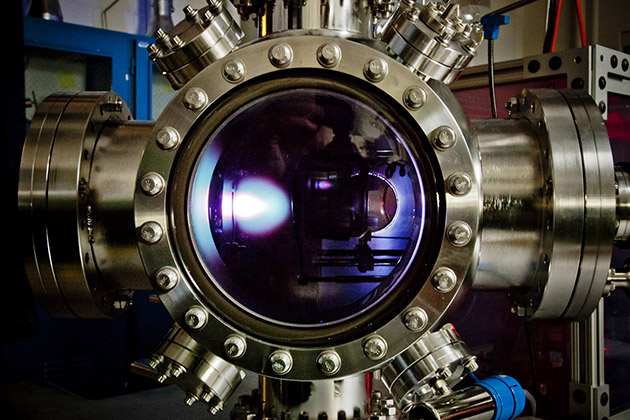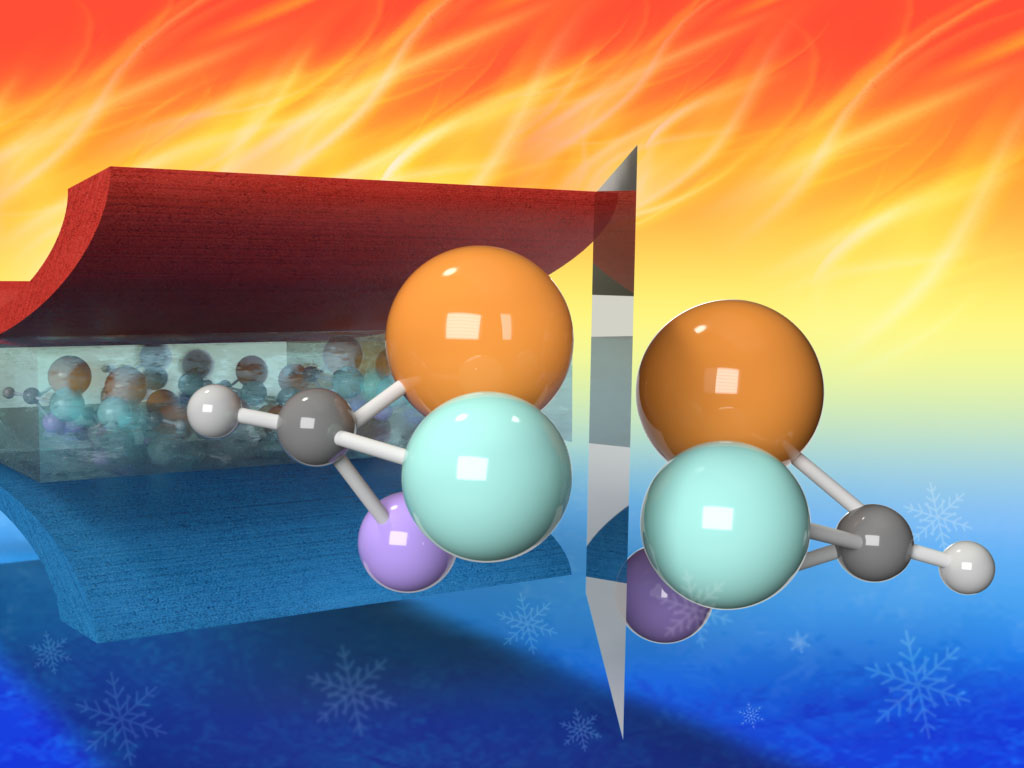Relaxor ferroelectrics have greatly enhanced electrical and mechanical properties that originate in the materials’ domain structure. Knowing how quickly these materials’ properties can change is critical to understanding them. However, scientists have not been able to measure how fast these materials can respond. This study measured this reaction speed using ultrafast electron diffraction at the atomic level to obtain snapshots of the evolving domain structure.
Tag: Ferroelectrics
A quasiparticle that can transfer heat under electrical control
Scientists have found the secret behind a property of solid materials known as ferroelectrics, showing that quasiparticles moving in wave-like patterns among vibrating atoms carry enough heat to turn the material into a thermal switch when an electrical field is applied externally.

Toward an Ultrahigh Energy Density Capacitor
Researchers at Berkeley Lab and UC Berkeley have demonstrated that a common material can be processed into a top-performing energy storage material. Their discovery could improve the efficiency, reliability, and robustness of personal electronics, wearable technologies, and car audio systems.

An Understanding of Relaxor Ferroelectric Properties Could Lead to Advances in Multiple Fields
A new fundamental understanding of the behavior of polymeric relaxor ferroelectrics could lead to advances in flexible electronics, actuators and transducers, energy storage, piezoelectric sensors and electrocaloric cooling, according to a team of researchers at Penn State and North Carolina State.